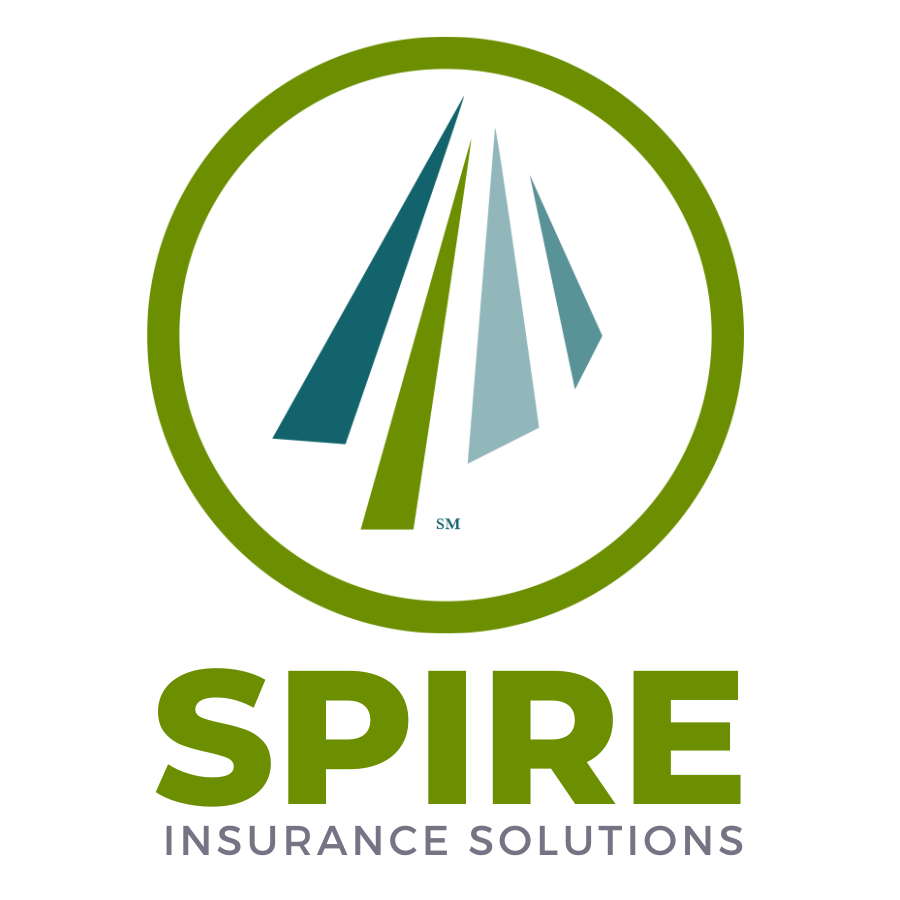Commercial Auto Insurance
Home » Commercial Auto
Keep Your Business Moving with Commercial Auto Insurance
Your business vehicles are crucial to your operations. Whether you have a single work truck or an entire fleet, Commercial Auto Insurance protects against accidents, damage, and liability, ensuring your business stays on the road without costly interruptions.
Liability Protection
Covers bodily injury and property damage caused by your business vehicles, protecting you from costly claims and lawsuits.
Physical Damage Coverage
Provides coverage for damage to your business vehicles due to accidents, theft, or natural disasters, keeping your fleet in top condition.
Un/Under Insured Motorist
Protects your business if you're involved in an accident with a driver who has little or no insurance, ensuring you're not left to cover damages.
Medical Coverage
Helps cover medical expenses for drivers and passengers injured in a company vehicle. Coverage options may vary depending on the state your business operates in, and some states may require additional protections like Personal Injury Protection (PIP).
Meet Our Commercial Auto Insurance Specialists

Misty Livermore, CAWC
Account Manager

Tracy Clothier
Account Manager
Proud to Represent














Ready to Get Started?
Don’t let vehicle accidents or damage slow your business down. Click below to get a personalized quote for Commercial Auto Insurance and keep your operations running smoothly.
